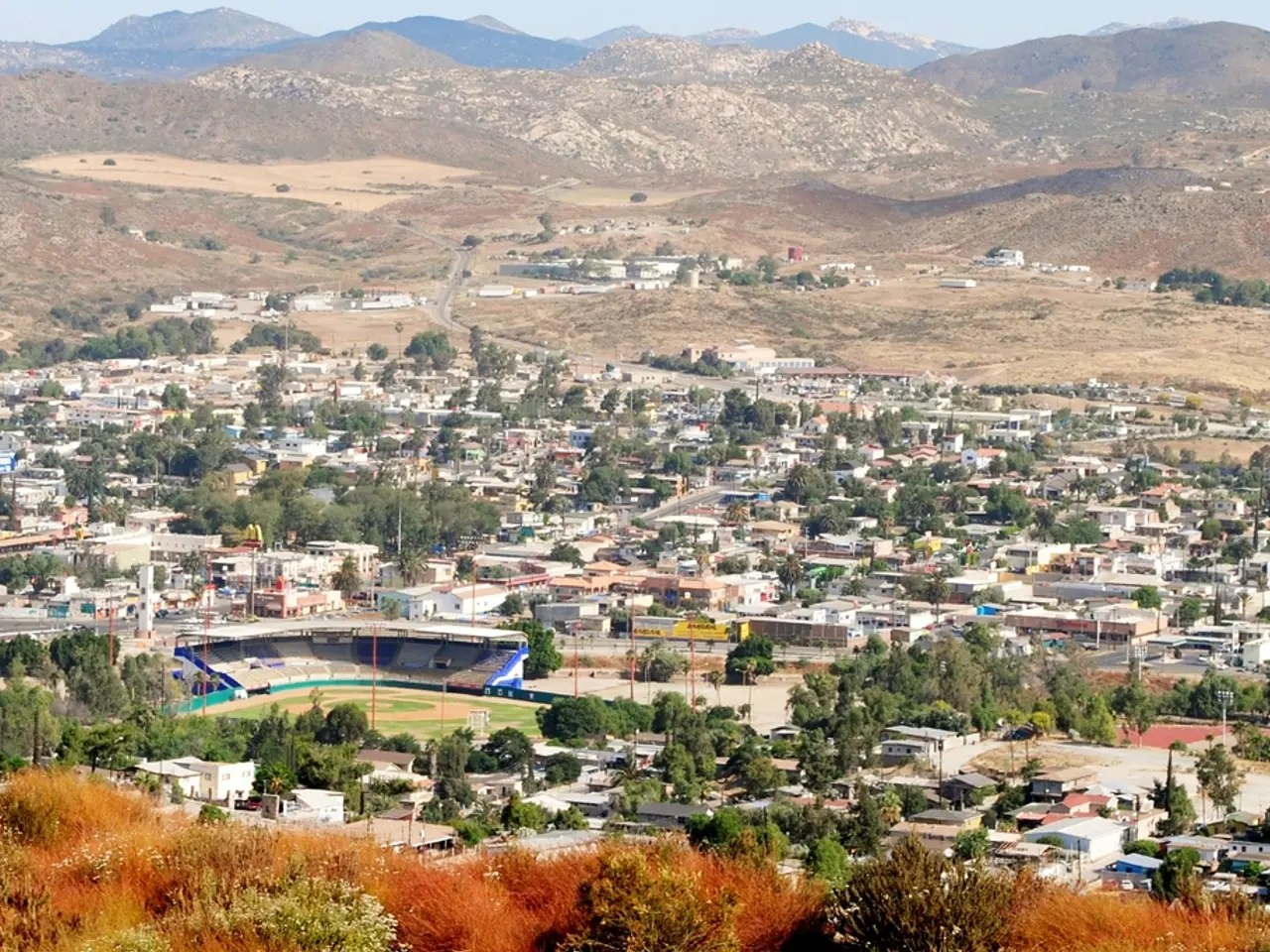Residential property sales saw an 18% increase in June, with a 12-month upward trend persisting.
Spain Sees Continued Housing Sales Growth Amid Supply-Demand Imbalance
Housing sales in Spain have experienced a steady increase for twelve consecutive months, with a total of 112,346 operations registered in June alone, marking a 17% annual growth. However, this growth is not universal across all autonomous communities. The Community of Madrid, Navarra, and the Balearic Islands have seen a decrease in housing sales, while the rest of the regions have reported an increase.
The continued rise in housing sales is driven by several key factors. The Spanish economy is experiencing strong growth, with a GDP growth of around 2.5%. This economic growth, coupled with robust demand from both local and international buyers, has fueled the housing market. Additionally, the low supply of new homes and sustained mortgage financing growth have also contributed to the upward trend.
In June, 98,609 urban properties were registered, accounting for almost nine out of ten housing sales. The number of rural properties also increased by 9.4% during the same period. In the case of protected housing, sales rose by 16.3% to 4,333 operations.
However, the market is facing a chronic undersupply of new homes, causing second-hand housing to dominate sales. This dominance is largely due to the ongoing shortage of new housing supply, as the number of new building permits increased by about 19.4%, but the number of actually completed new homes fell by roughly 7.9%.
Prices for both new and second-hand homes have risen sharply, with an overall price increase of around 11.5% year-on-year. This market boom, despite rising prices, is a reflection of the strong demand and economic conditions. The market reached its highest transaction volume since 2007.
The number of transmitted properties registered in property registers increased by almost 10% in June (194,105 properties). By type of housing, second-hand homes continue to be the preferred choice for buyers, making up about 77% of home sales in the first half of 2025.
In June, 46,451 second-hand homes were registered, a 16% increase from the same month last year. The regions that experienced the largest increases in housing sales include Cantabria, Aragon, and Castile and León, with rates of 41.7%, 37.7%, and 35.2% respectively.
The increase in housing sales was driven by interest rate drops and cheaper financing. The number of rural properties increased by 9.4% in June, while the number of urban properties increased by 18.1%. Galicia, Principality of Asturias, and Cantabria had the highest interannual variation rates in the total number of transmitted properties in June, with rates of 22.1%, 21.6%, and 21.4% respectively.
In conclusion, the Spanish property market is experiencing a housing boom despite facing a supply-demand imbalance. Reforms to boost new housing construction are being called for to address this issue and ensure sustainable growth in the housing market.
[1] Strong Economic Growth fuels Spanish Housing Market (2025) [2] Housing Sales Boom in Spain (2025) [3] Spanish Property Market: A Supply-Demand Imbalance (2025) [4] Second-Hand Homes Dominate Spanish Housing Market (2025) [5] Spanish Housing Market Reaches Highest Transaction Volume Since 2007 (2025)
- The strong economic growth and robust demand from local and international buyers are driving the surge in finance opportunities for investors in Spain's various sectors, particularly the real-estate industry, as evidenced in the continuing growth of the housing market amid the supply-demand imbalance.
- The sustained rise in housing sales has created favorable conditions for investors, with increasing demand for financing in the investing of properties, especially in urban areas, as the market continues to show growth and a higher transaction volume compared to previous years, despite the chronic undersupply of new homes.




